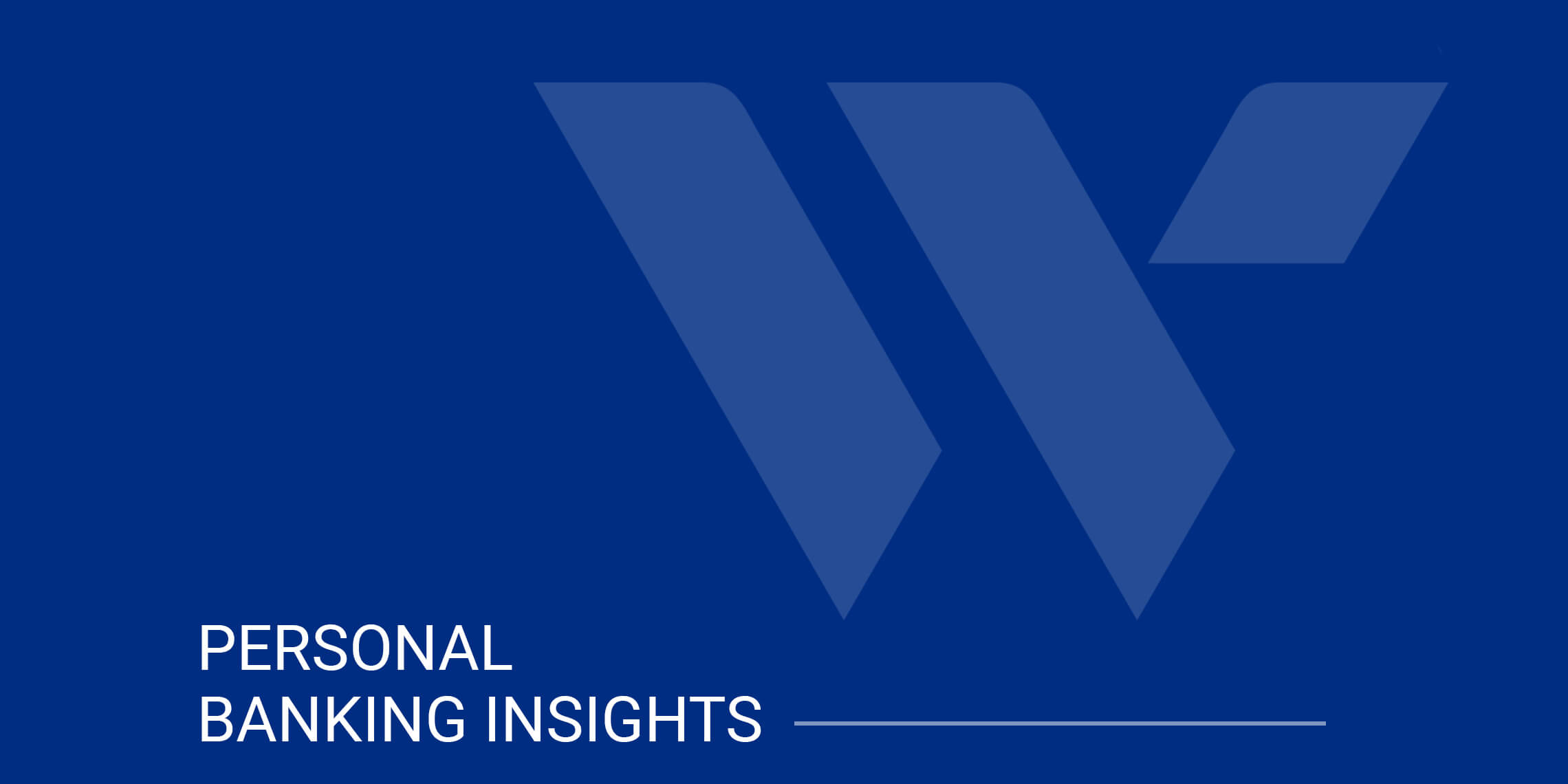Download our e-Treasury Secure Browser
Download the Sterling e-Treasury Token Client
Download our e-Treasury Secure Browser
Download the Sterling e-Treasury Token Client
Due to weather conditions, NY banking centers in Orange, Rockland, Ulster, and Sullivan county will open at 10am today. Online Banking, Mobile Banking, ATM’s, and the Contact Center remain available.
For optimal viewing experience, please use a supported browser such as Chrome or Edge
Download Edge Download Chrome
Published on April 20, 2020 | Webster Bank
Most of you have credit cards and enjoy this convenience when making everyday purchases. However, there are a couple of drawbacks: 1) a variable interest rate and 2) the length of time it will take to pay off the balance if you decide to make just the minimum payment. If you are planning to buy a big-ticket item, make home improvements, or want to consolidate your credit card debt, there’s a good alternative: a personal loan.
Personal loans, like credit cards, are generally unsecured so there’s no collateral required for approval, such as a house or car and the loans can be used for almost any legal purpose the borrower wants. But that’s where the similarities end. With a personal loan, a consumer borrows a set amount of money for a specified period of time with an interest rate and a monthly payment that doesn’t change. For example, if you wish to spend $5,000 on home improvements and would like to pay it off in three years your monthly payment will be fixed at $166.07, presuming an annual interest rate of 12%. The interest rate you pay is mostly based on your credit profile, but may also be affected by other factors such as the loan amount and whether you have a checking or savings account with the lender. Setting up automatic payments can sometimes lower your interest rate.
There are two key benefits of a personal loan:
1. A fixed monthly payment
Your interest rate never changes and, for that reason, your monthly payment stays the same. If you are worried about your credit card interest rate rising before you can pay off the balance, you have a legitimate concern. Interest rates are at historic lows and will certainly increase once the economy swings into a stronger recovery. Further, a fixed payment adds stability to your monthly household budget.
2. A fixed loan term
In the above example, the borrower budgets for $166.07 each month and pays off the loan in exactly 36 months. According to the Navy Federal Credit Union’s Credit Card Minimum Payment Calculator*, the same $5,000 on credit card with a 12% annual interest rate could take you 19 years to pay off should you only make the minimum monthly payment. And when you are faced with competing financial priorities, it can be challenging to make more than the minimum payments to pay off your credit cards.
One more benefit to consider: a personal loan may actually help your FICO score. According to Understanding FICO Score, at MyFICO¨ ,10% of your FICO score is based on having various types of credit and how well you manage the different types.
If you are considering an alternative way to borrow money, it may be time to consider a personal loan from Webster Bank.
* For this estimate, the Federal Reserve calculator assumes that your minimum payment is 2% of your current balance each month or $20, whichever is greater. Your credit card issuer may calculate your minimum payment differently.
Webster Bank, N.A.
Webster, Webster Bank, the Webster Bank logo and the W symbol
are trademarks of Webster Financial Corporation and
registered in the U.S. Patent and Trademark Office.
© 2025 Webster Financial Corporation. All rights reserved.
